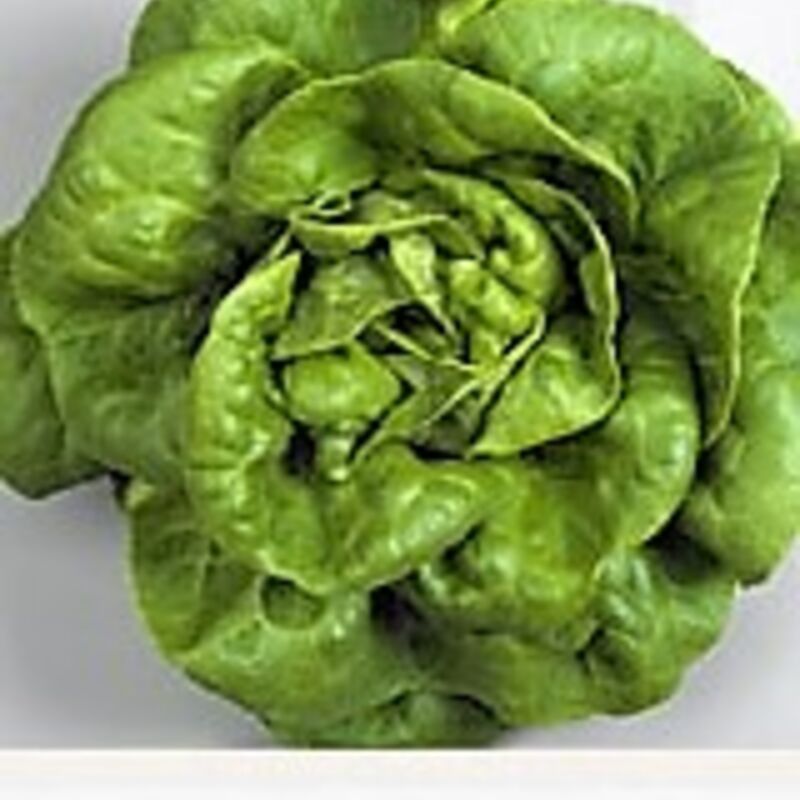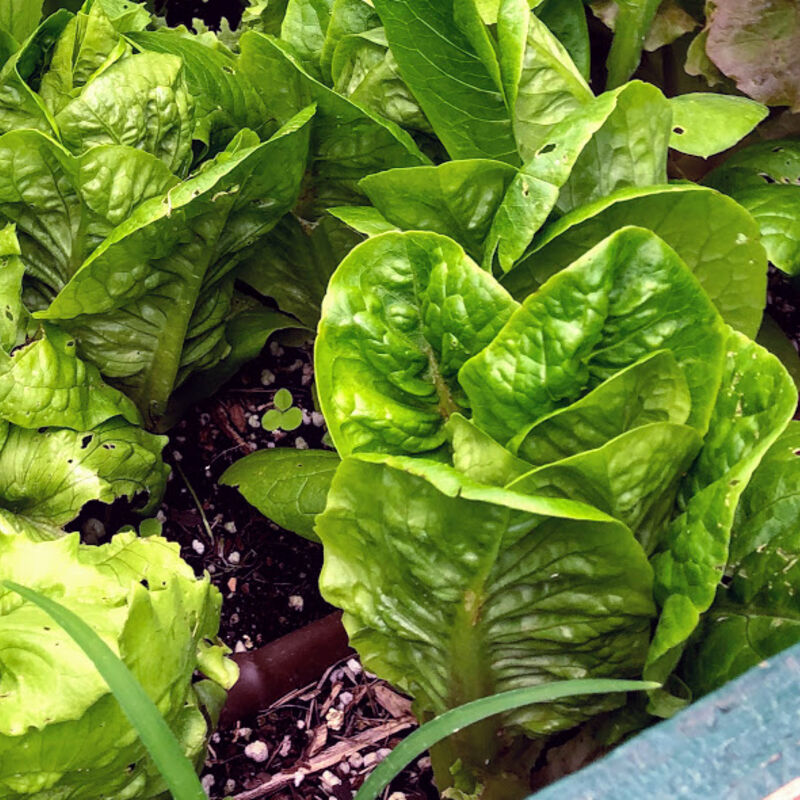Lettuce
Lettuce, scientifically known as Lactuca sativa, was first cultivated by the Egyptians thousands of years ago. The Egyptians used the seeds to produce oil and also utilized the leaves of this useful vegetable. The plant also had cultural and religious significance in ancient Egypt, as it was considered sacred. Later, the Greeks and Romans also cultivated this crop.
Lettuce is a salad staple with emerging health benefits. Lettuce may help moderate sleep, control anxiety, reduce inflammation, and supply antioxidants.
The history, growing and cultivation of lettuce is covered in the 2020/1 traditional garden (link).
Varieties grown
Butterhead lettuce

Butterhead type lettuces are known for their 'buttery' taste, velvety texture, and small loosely formed heads. Relative to most other lettuce types, Butterheads are slightly more tolerant of heat. Even so, they are best planted early or late in the season in spring, away from the intense summer sun.
Leaves can be collected throughout the growing cycle.
Little Gem
Little Gem lettuce, botanical name Lactuca sativa, is an annual plant of the sunflower family, Asteraceae, also called Sucrine (French for sugar), or Sugar Cos. Little Gem lettuce was developed from Romaine lettuce and a butterhead type lettuce.
Little Gem lettuce looks is a romaine variety but are about half the size of regular romaine lettuce.
The plant has succulent, vibrant green leaves that measure about five inches long and three inches in width.
Little Gem has a pale, green heart, a crisp centre, and a sweeter taste than standard lettuce; Little Gem lettuce never develops a bitter flavour.
